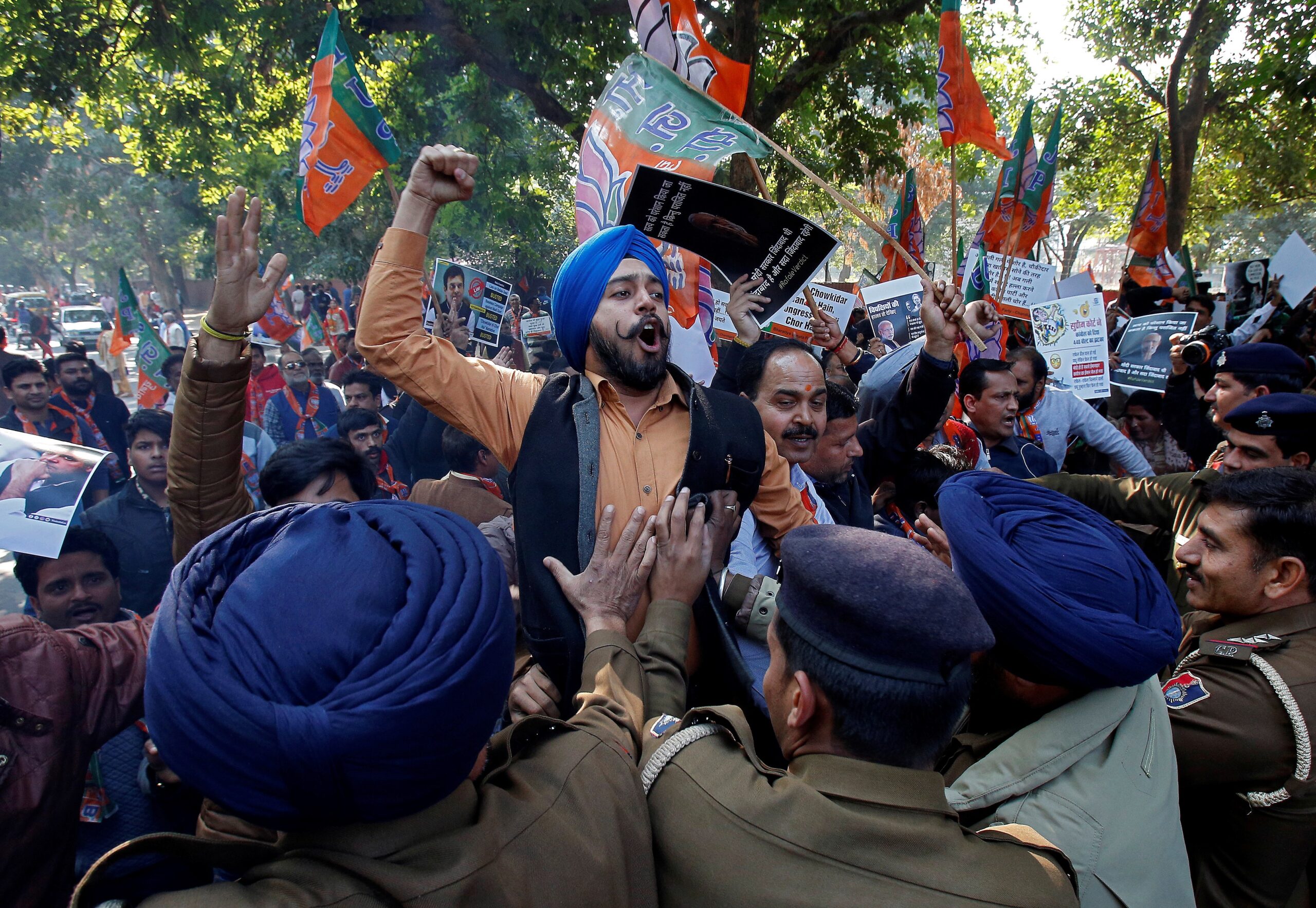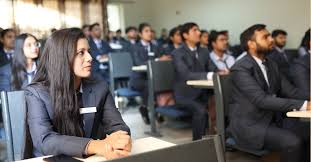
UP’s Political Tensions: Are We on the Brink of a Breakthrough or Breakdown?
A State in Political Flux
Uttar Pradesh (UP), India’s most populous and politically significant state, is no stranger to tension-filled political narratives. With the BJP maintaining its dominance, a fragmented opposition, and rising socio-economic challenges, the state stands at a crossroads. Are these political tensions indicative of an impending breakthrough that could reshape governance, or are they symptoms of a deeper breakdown in the democratic fabric?
Key Metrics
- Population Demographics:
- Dalits: 21.1%
- Muslims: 19.26%
- Youth (15–34 years): 32% (Census 2011)
- Current Political Representation (2022):
- BJP: 255 seats
- Samajwadi Party (SP): 111 seats
- Bahujan Samaj Party (BSP): 1 seat
- Congress: 2 seats (Election Commission of India)
- Unemployment Rate: 4.4% rural, 5.8% urban (Periodic Labour Force Survey, 2022–23)
- Crime Statistics: 30% decline in major crimes since 2020, but human rights groups highlight concerns about extrajudicial actions. (NCRB Data)
What Fuels Political Tensions in UP?
1. Caste Dynamics
Caste remains central to UP’s political landscape, influencing alliances, governance, and voter behavior.
- Ongoing Fractures: While the BJP has successfully consolidated non-Yadav OBCs and non-Jatav Dalits, the SP and BSP are struggling to retain their traditional caste bases.
- Dalit Marginalization: Despite progress in political representation, Dalits continue to face systemic socio-economic challenges.
2. Religious Polarization
The state’s political narrative often intertwines with religious identities, exacerbating tensions.
- Examples:
- The Ram Mandir construction in Ayodhya has solidified the BJP’s Hindutva appeal.
- Incidents of communal violence have strained social harmony.
3. Economic Disparities
While UP has made strides in infrastructure and welfare programs, significant economic disparities persist.
- Youth Unemployment: High joblessness among the youth, despite programs like One District, One Product (ODOP), fuels frustration.
- Rural Poverty: Limited industrialization and resource allocation in rural areas exacerbate inequalities.
4. Opposition Fragmentation
A divided opposition has been unable to present a unified challenge to the BJP, weakening democratic checks and balances.
- SP-BSP Divide: Rivalries and lack of trust between opposition leaders like Akhilesh Yadav and Mayawati hinder effective coalition-building.
Potential Signs of a Breakthrough
1. Strengthened Welfare Schemes
Programs such as PM Awas Yojana and Mission Shakti have reached millions, signaling a focus on inclusive development.
2. Infrastructure Development
Projects like the Purvanchal Expressway and Jewar Airport have boosted connectivity and attracted investment, laying the groundwork for economic growth.
3. Grassroots Empowerment
The rise of local leaders and community-based movements could push for accountability and challenge entrenched power structures.
4. Youth Mobilization
UP’s youth, empowered by digital platforms and growing political awareness, could demand policies that prioritize employment, education, and healthcare over identity politics.
Warning Signs of a Breakdown
1. Rising Polarization
The intensification of caste and religious divides risks undermining social harmony, creating long-term rifts in UP’s socio-political fabric.
2. Human Rights Concerns
Criticism over alleged extrajudicial actions and misuse of law enforcement undermines public trust in governance.
3. Economic Stagnation
Without sustained industrial growth and job creation, the state risks deepening socio-economic disparities, particularly in rural areas.
4. Political Apathy
Voter disillusionment with fragmented opposition and performative politics could lead to reduced electoral engagement, weakening democratic processes.
Steps Toward Resolution
1. Inclusive Development Policies
Focus on equitable resource distribution, especially in rural and marginalized communities, to reduce economic and social disparities.
2. Unified Opposition Strategy
Encourage alliances based on shared agendas rather than individual ambitions to present a credible alternative to voters.
3. Social Harmony Initiatives
Promote interfaith and intercaste dialogues to strengthen social cohesion and reduce polarization.
4. Youth-Centric Governance
Invest in education, skill development, and employment programs that address the aspirations of UP’s youth.
5. Transparency and Accountability
Strengthen institutional mechanisms to ensure government actions are fair, transparent, and inclusive.
Conclusion
Uttar Pradesh’s political tensions reflect the state’s struggle to balance progress and polarization, inclusion and exclusion. While there are signs of a potential breakthrough in governance through welfare programs, infrastructure, and youth mobilization, systemic challenges like caste divides, religious polarization, and economic disparities threaten to undermine these efforts.
The future of UP’s politics will depend on whether its leaders can prioritize unity and progress over division and power struggles. For a state that has long been at the heart of India’s democracy, the stakes could not be higher. The coming years will determine whether UP sets a benchmark for inclusive governance or succumbs to the weight of its internal fractures.



